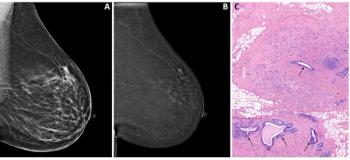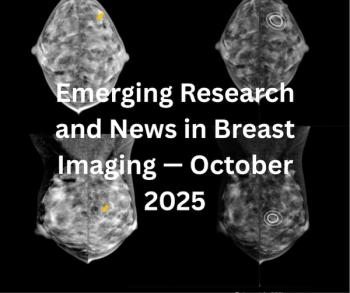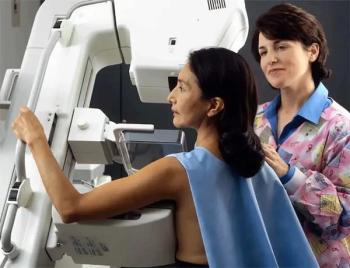
Study questions gains in ‘real world’ breast cancer screening
Performing community-based screening for breast cancer may have no clear effect on reducing the rate of fatalities attributed to the disease, according to a study published in the July 20 issue of the Journal of the National Cancer Institute.
Performing community-based screening for breast cancer may have no clear effect on reducing the rate of fatalities attributed to the disease, according to a study published in the July 20 issue of the Journal of the National Cancer Institute.
The findings keep alive the debate surrounding breast cancer screening. In the latest installment, a randomized controlled trial from Danish researchers showed that screening significantly reduces breast cancer mortality. But the JNCI study argues that most recommendations are based on data produced in carefully controlled studies and not in community-based screening.
Principal investigator Dr. Joann G. Elmore from the University of Washington in Seattle, and colleagues reviewed medical records of 1351 patients who died from breast cancer between 1983 and 1998. They weighed the data against 2501 cancer-free control subjects. They speculated that if screening kept women from dying of breast cancer, the women still living would have had more screenings during the same period of time the sick women died.
Although the investigators observed a 26% reduction in mortality among women at increased risk, they found that figure was statistically insignificant. There was no appreciable association between breast cancer mortality and screening history regardless of age or risk level, they said.
The study divided patients into two groups of women aged 40 to 49 and 50 to 65 and matched them against control subjects according to age and risk level. The researchers gauged the association between breast cancer mortality and the evidence of screening using a conditional logistic regression system including health plans, calendar time, age, risk level, and ethnicity.
They tallied 1983 screening mammography examinations (702 patients, 1281 controls) and 5141 screening clinical examinations. The assessment of screening efficacy included clinical breast examination, mammography, or both. Findings showed more favorable screening results among women at increased risk. However, the comparative odds ratios for breast cancer mortality for women in both age groups at increased and average risk were 0.74 and 0.96, respectively. The difference was not statistically significant (p =.17).
Chance, classification errors, short-term monitoring from diagnosis to death, and type and number of risk factors could help explain outcomes. Most potential sources of bias, however, had been considered and reduced. The findings suggest that breast cancer screening is minimally effective in preventing death from breast cancer as it moves from highly controlled trials to real-life clinical practice, the investigators said.
Dr. Daniel Kopans, director of breast imaging at Massachusetts General Hospital in Boston, has frequently criticized studies like the one in the JNCI. He contends that studies considering thresholds based on patient age and other parameters may not be supported by science and could show unreliable results.
Mammography screening has effectively reduced the death rate in the U.S. by 25% since its inception, he said recently in an interview with Diagnostic Imaging.
The JNCI is currently a privately published journal. Several studies, including the latest one, are not supported by the NCI, Kopans said in an article published in the July issue of the American Journal of Roentgenology.
For more information from the Diagnostic Imaging archives:
Newsletter
Stay at the forefront of radiology with the Diagnostic Imaging newsletter, delivering the latest news, clinical insights, and imaging advancements for today’s radiologists.






























